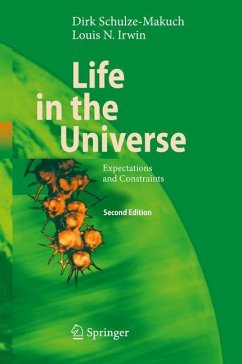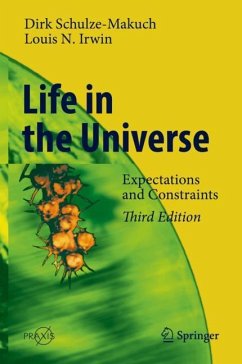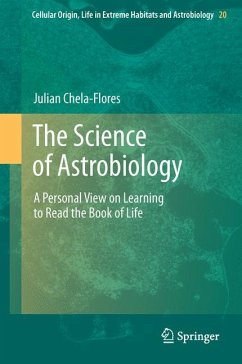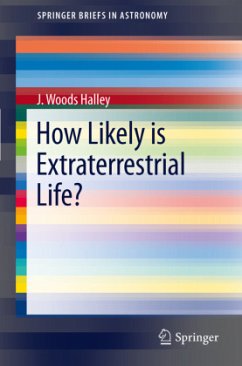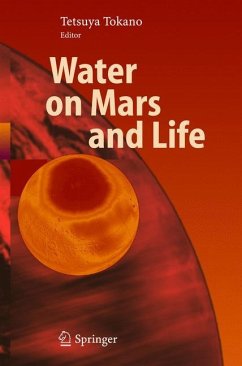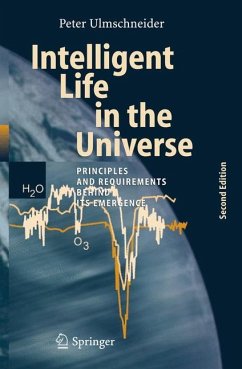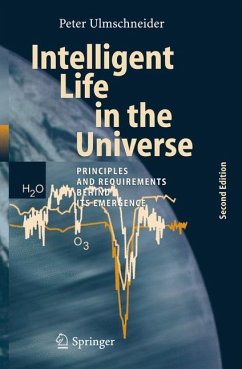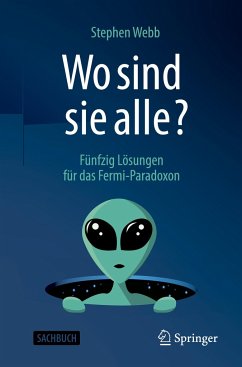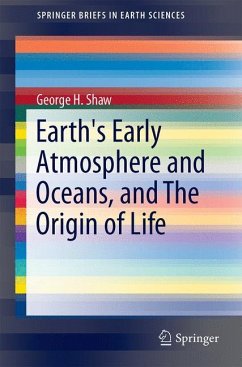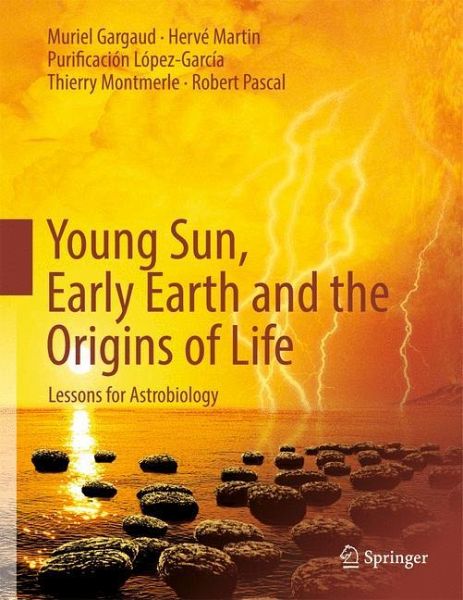
Young Sun, Early Earth and the Origins of Life
Lessons for Astrobiology
Übersetzung: Dunlop, Storm

PAYBACK Punkte
25 °P sammeln!
- How did the Sun come into existence? - How was the Earth formed? - How long has Earth been the way it is now, with its combination of oceans and continents? - How do you define "life"? - How did the first life forms emerge? - What conditions made it possible for living things to evolve?All these questions are answered in this colourful textbook addressing undergraduate students in "Origins of Life" courses and the scientifically interested public. The authors take the reader on an amazing voyage through time, beginning five thousand million years ago in a cloud of interstellar dust and endin...
- How did the Sun come into existence?
- How was the Earth formed?
- How long has Earth been the way it is now, with its combination of oceans and continents?
- How do you define "life"?
- How did the first life forms emerge?
- What conditions made it possible for living things to evolve?
All these questions are answered in this colourful textbook addressing undergraduate students in "Origins of Life" courses and the scientifically interested public. The authors take the reader on an amazing voyage through time, beginning five thousand million years ago in a cloud of interstellar dust and ending five hundred million years ago, when the living world that we see today was finally formed. A chapter on exoplanets provides an overview of the search for planets outside the solar system, especially for habitable ones.
The appendix closes the book with a glossary, a bibliography of further readings and a summary of the Origins of the Earth and life in fourteen boxes.
- How was the Earth formed?
- How long has Earth been the way it is now, with its combination of oceans and continents?
- How do you define "life"?
- How did the first life forms emerge?
- What conditions made it possible for living things to evolve?
All these questions are answered in this colourful textbook addressing undergraduate students in "Origins of Life" courses and the scientifically interested public. The authors take the reader on an amazing voyage through time, beginning five thousand million years ago in a cloud of interstellar dust and ending five hundred million years ago, when the living world that we see today was finally formed. A chapter on exoplanets provides an overview of the search for planets outside the solar system, especially for habitable ones.
The appendix closes the book with a glossary, a bibliography of further readings and a summary of the Origins of the Earth and life in fourteen boxes.




